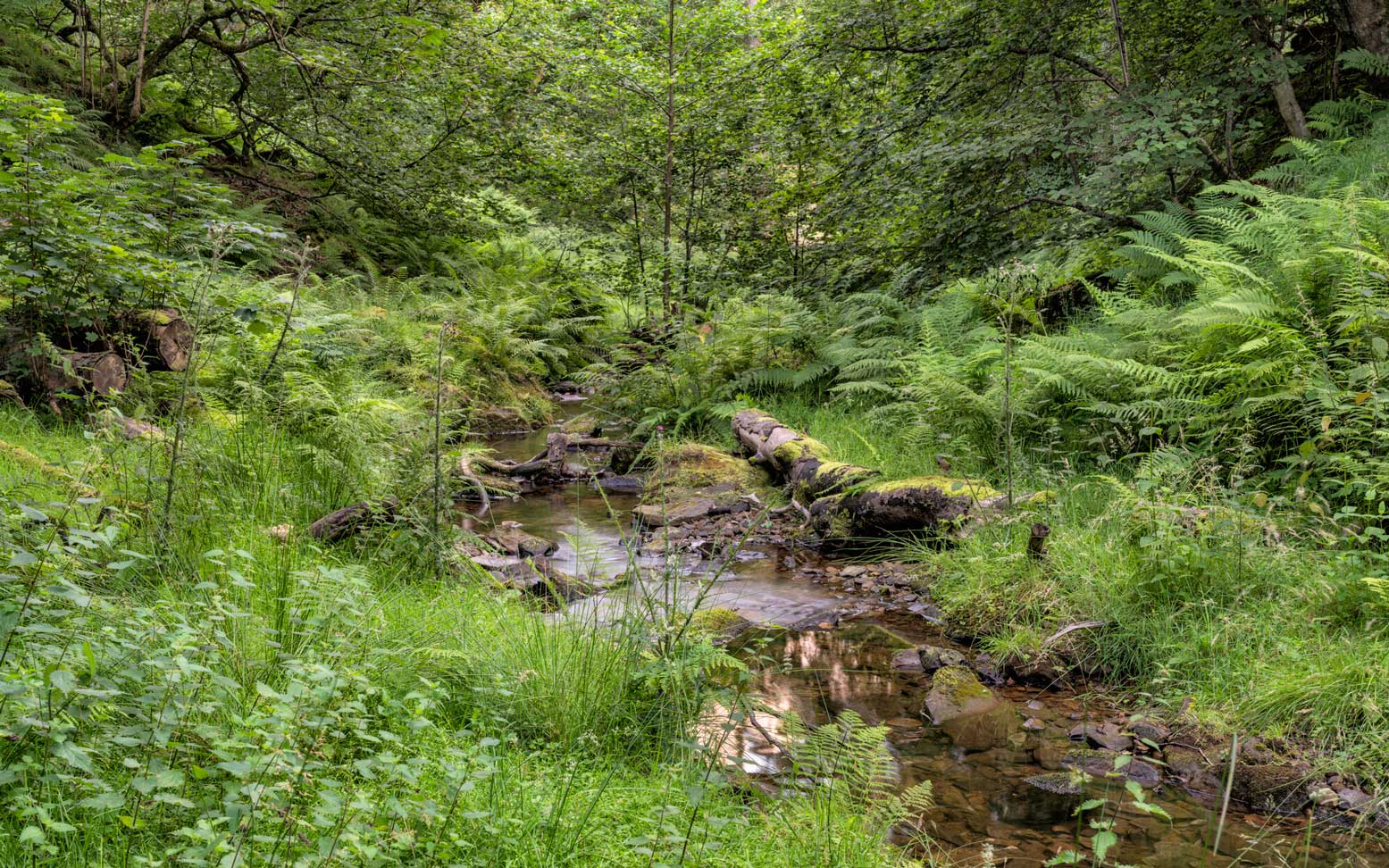“Look closely at nature. Every species is a masterpiece, exquisitely adapted to the particular environment in which it has survived. Who are we to destroy or even diminish biodiversity?” - E.O. Wilson, American biologist
What nature means to an individual can vary significantly, for some adventure, for others solace. Beyond this, the natural world is fundamental to our existence, the foundation of a productive economy and vital to our health and wellbeing.
The UK is, however, one of the most nature depleted countries in the world. It is therefore imperative that we take immediate and sustained action.
What role do river buffers play in nature recovery?
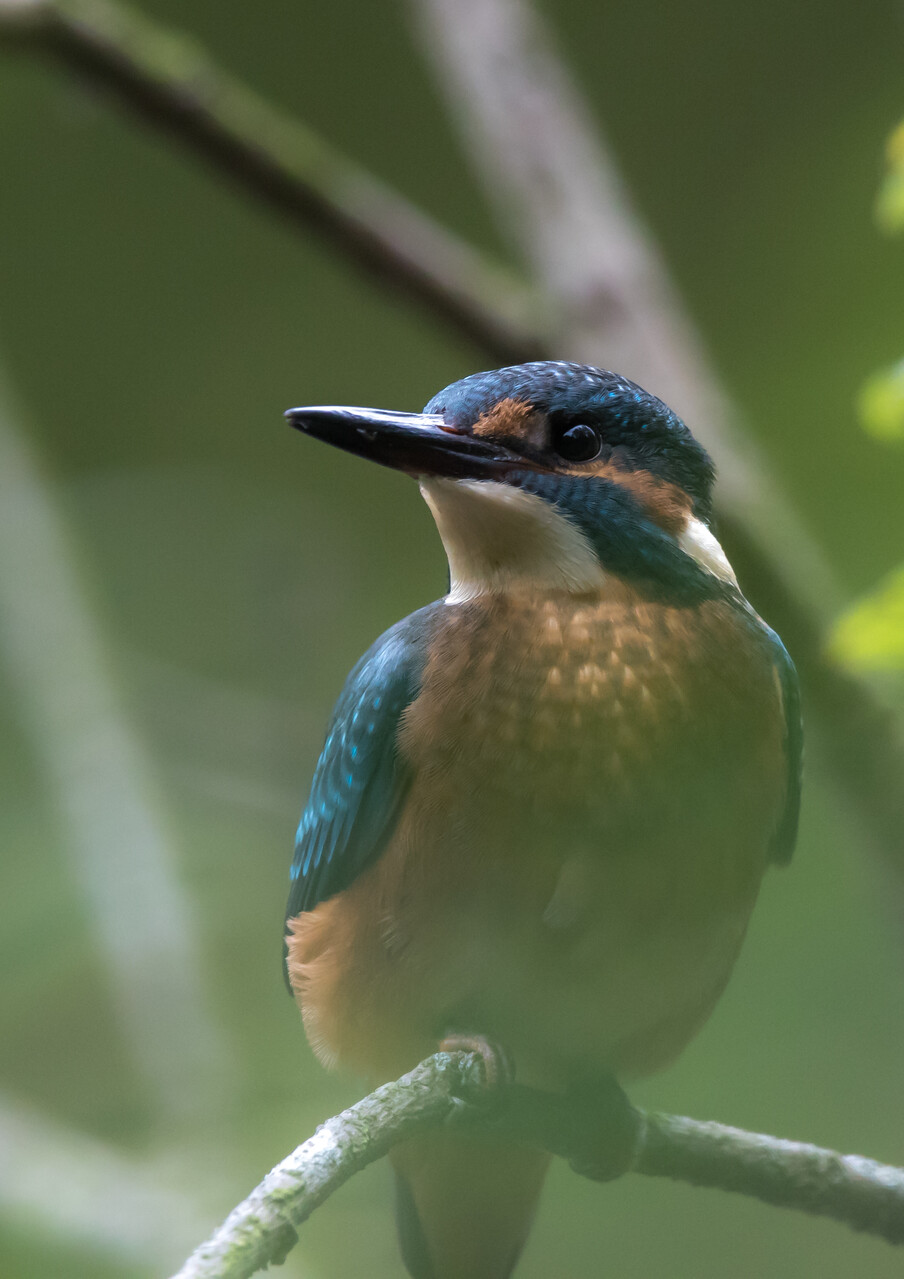
River buffers play a crucial role in supporting nature recovery. These vegetated areas, often wooded, lie adjacent to rivers and streams and act as natural biofilters, trapping sediments, nutrients and pollutants that could otherwise degrade water quality.
They also help to stabilise river banks, reduce erosion, and mitigate flood impacts by absorbing and slowing down runoff.
The creation and restoration of these buffers are essential in restoring the biodiversity of our landscapes. Such spaces reconnect fragmented habitats to enable species to move more freely through the landscape – vital in helping them adapt to climate change.
Furthermore, river buffers serve as critical habitats for wildlife, offering both food and shelter. They support biodiversity by maintaining a variety of plants, which in turn attracts and sustains a wide range of insects, birds and aquatic life. To name but a few: kingfisher, dipper, trout, riverfly.
William Beck Farm
Through the Ryevitalise Landscape Partnership, made possible by the National Lottery Heritage Fund, we’re working to conserve, enhance and reconnect the habitats of the western river Rye catchment. To achieve this, working alongside farmers and landowners to create river buffers as part of a wider package of work is essential.
One example includes a project at William Beck Farm in partnership with a local landowner. Here a wide habitat buffer strip, planted with native broadleaf trees, was created adjacent to the river Seph. As it becomes more established, it will help to protect and stabilise the vulnerable riverbanks, as well as help extend the local area of native woodland. Fencing off this corridor has also prevented livestock entering the river, reducing some of the sedimentation pressures that impact on water quality.
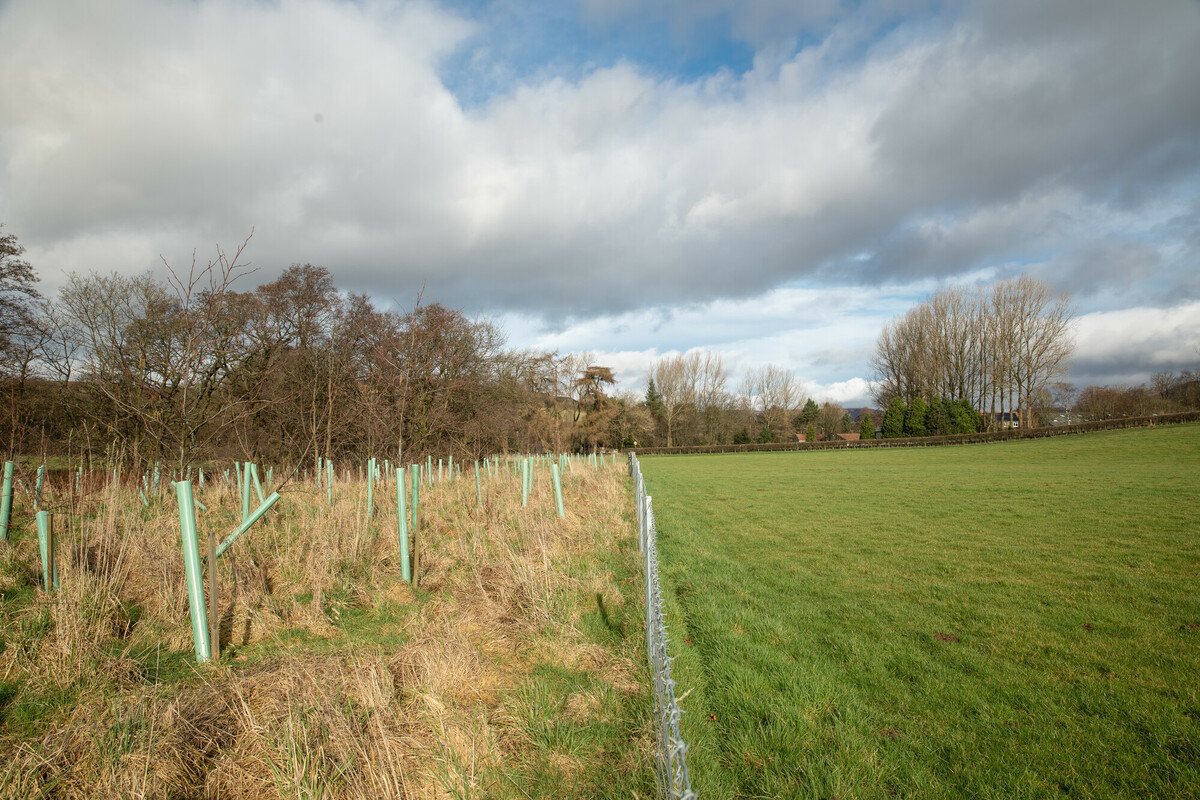
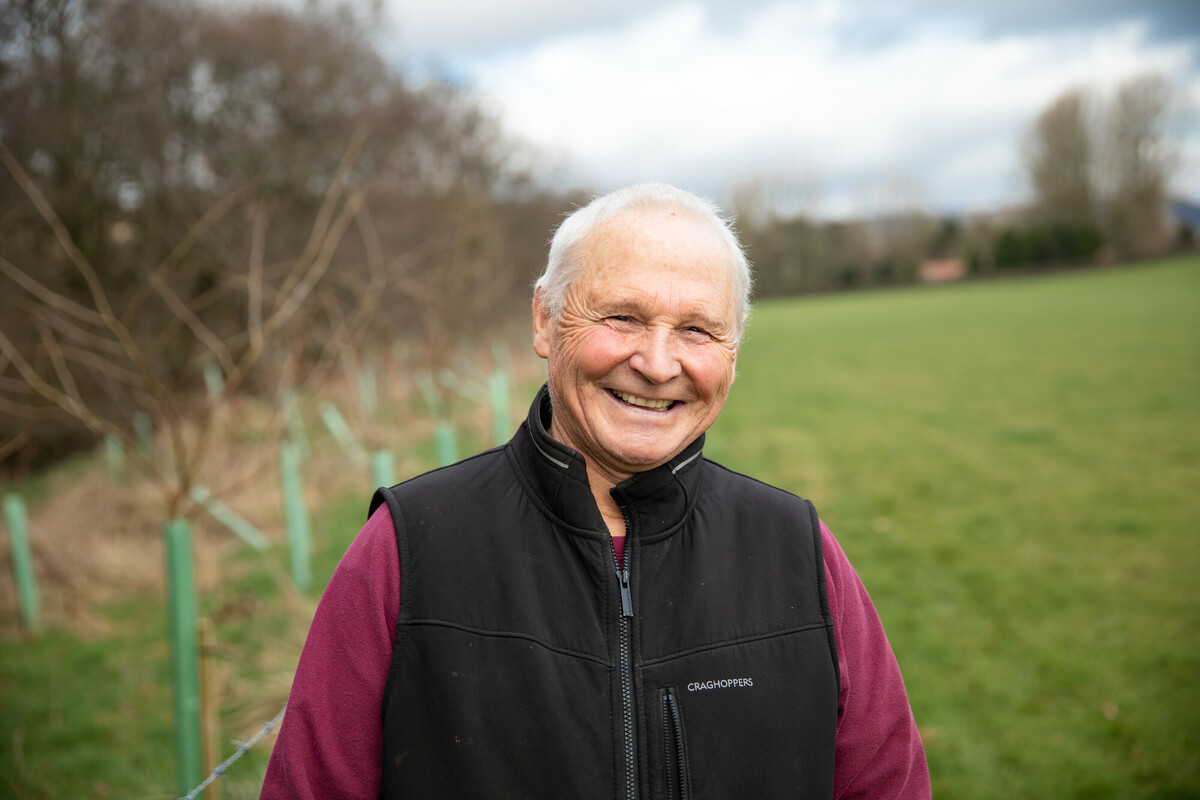
Speaking on the scheme, James Caldwell (Senior Catchment Restoration Officer at the North York Moors National Park Authority) said: “Having been created in 2019, it is great to see how the habitat at William Beck Farm is developing, particularly the growth on the 800 or so trees that were planted and the noticeable increase in diversity below this new growth.
“We need larger, more widespread river buffers like this to create healthier, more resilient waterways. Such habitats not only benefit the river, but the wider landscape and us as inhabitants.”
Philip Ray, Senior Adviser at Natural England, said: “The work that has been done at William Beck Farm is a great example of efforts that not only benefit nature restoration, but also help to achieve wider environmental and societal goals.
“Such actions will be promoted by the North Yorkshire and York Local Nature Recovery Strategy. These strategies are an exciting new tool which will aim to halt ongoing biodiversity declines and promote nature recovery, by targeting the best locations to connect and expand nature-rich places.”
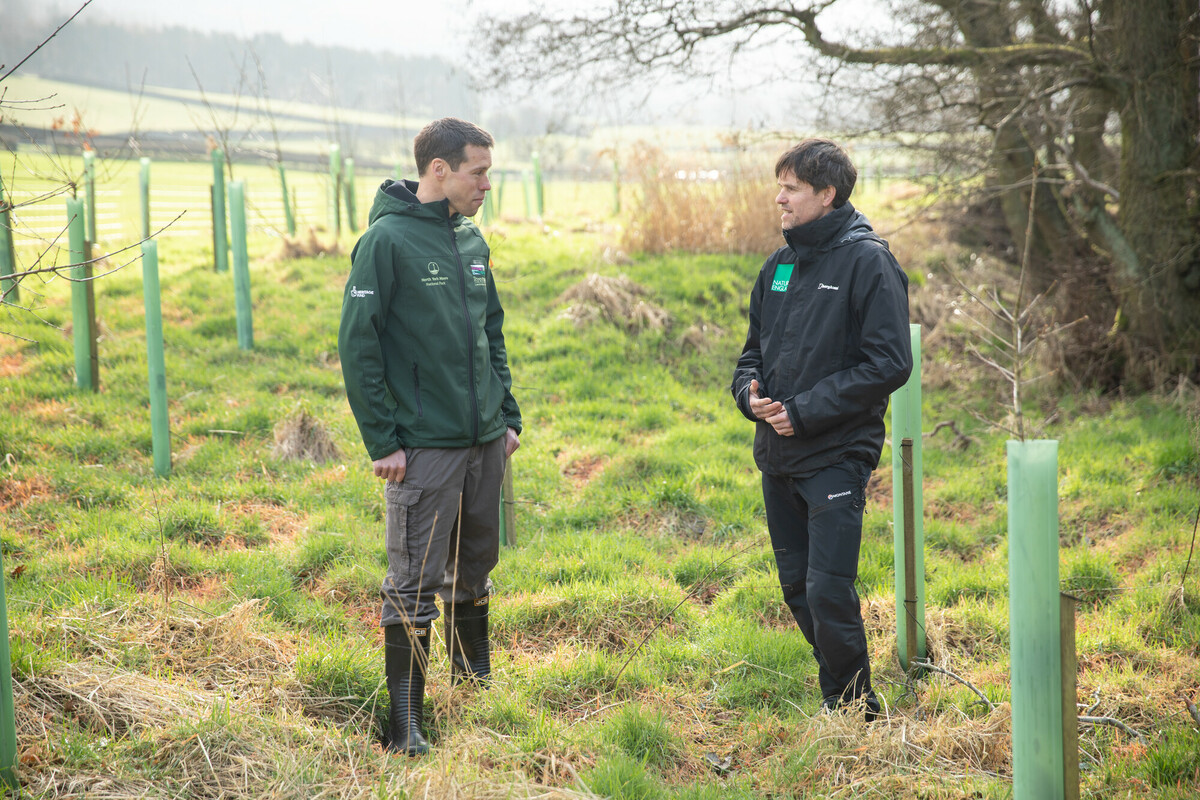
Have your say on nature recovery in our rivers
The creation of river buffers within the North York Moors is just one step of many that we and our partners are looking at to improve the quality of our waterways. As identified within our draft Nature Recovery Plan, we are seeking to prioritise the following:
- Eliminate water pollution, as well as lower nutrient levels and sedimentation rates in watercourses.
- Remove in-channel obstacles to fish movement, such as certain culverts.
- Make more space for rivers to move and connect to their floodplain.
- Control invasive non-native species, such as Himalayan Balsam. Have stricter biosecurity protocols, such as boot washing facilities, across the National Park to prevent the spread of invasive non-native species.
To have your say on whether or not you agree with these proposals, head over to the ‘rivers, water and wetlands’ page as part of our live public consultation on nature recovery. The information you provide will not only help shape nature recovery within the North York Moors but will also feed into the local nature recovery strategies (LNRS) under development across North Yorkshire and York, and the Tees Valley.
Have your say on nature recovery in our rivers, water and wetlands now

